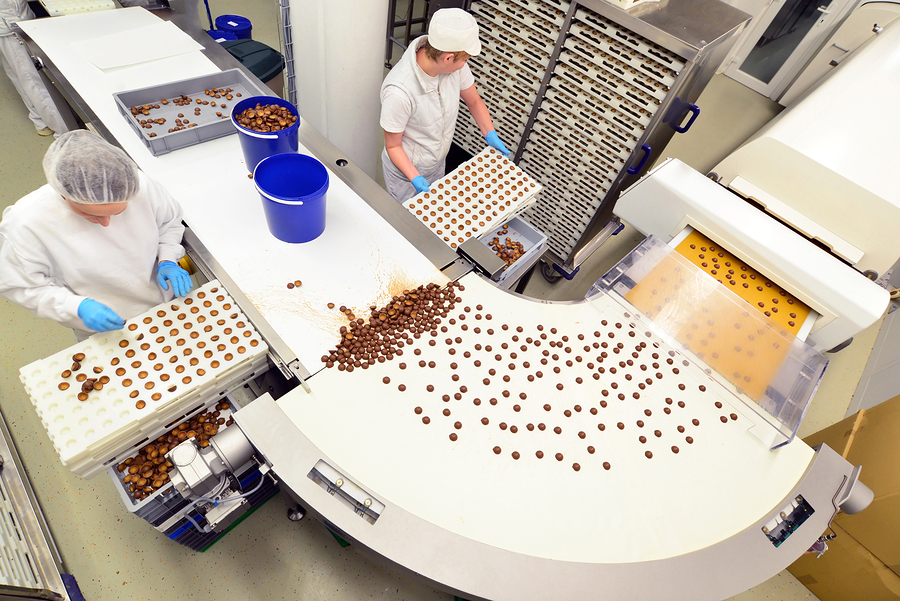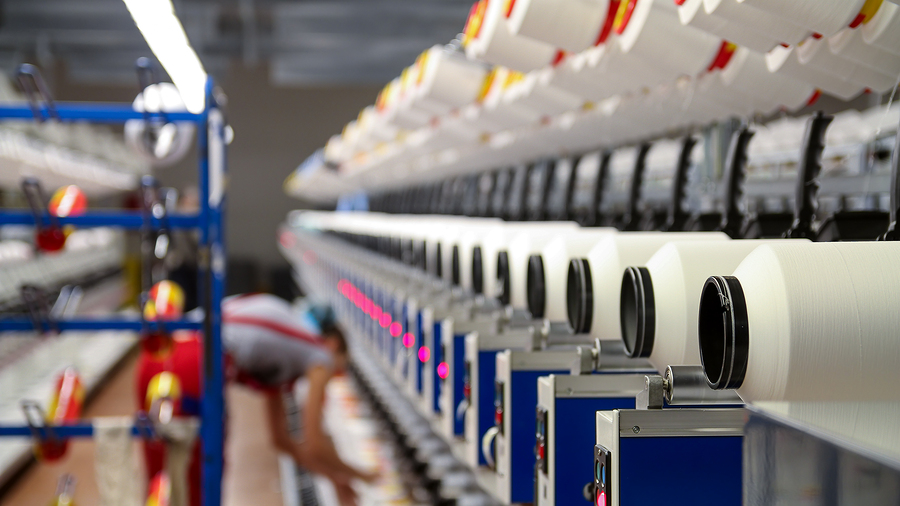In the year of an escalating trade war and record-setting employment levels, the manufacturing economy continues to barrel on with a full head of steam. The 2018 August ISM® Report On Business® shows clear, continuing, positive trends for manufacturers. The strength of these numbers continues to overshadow concerns of a pullback amidst the volatile political climate.
Strong demand is driving growth
Most notable in this month’s report are strong growth in both new orders, up 4.9%, and production, with a 4.8% increase, which signal continued demand despite the inflated cost of materials. Manufacturers continue to fulfill orders both domestically and internationally with order backlogs also growing by 2.8%. This is a sign of continued demand, which respondents say is likely to continue through the end of 2018.
The reason behind manufacturing’s continued boom seems to be the industry’s ability to plan accordingly for the future. By coordinating with suppliers to anticipate material cost increases and budgeting conservatively for 2019, manufacturers are weathering uncertainty by covering their bases.

Prices continue to go up
This ongoing demand for manufacturing comes despite rising commodities prices. In this month’s report, aluminum and various steel alloys continue to see prices rise while capacitors and electrical components remain in short supply. That said, the ISM® Report on Business® shows a slowdown of 1.1% on price hikes, potentially signaling more stability in months to come. In fact, respondents in the Machinery sector said, “Business is positive, new equipment sales and inquiries are strong, and the parts business is strong. Raw material costs, especially steel, appear to be leveling off. Cost of manufactured components has also leveled off. Most suppliers are willing and able to suppress cost increases. Tariff impacts are still a concern.”
Should the current administration start to back away from tariffs, a return to former pricing levels could make materials more accessible, spurring a catchup to manufacturing demands.

Concerns still loom
Tariffs are the one glaring pain point amid a booming manufacturing economy, according to the report. Not only are they driving up the cost of raw materials but tariffs are also making it harder for those in different sectors of the manufacturing economy to plan adequately for the future. This has led to cost absorption by suppliers and producers, but it’s not a long-term strategy.
As tariffs continue to shake out, manufacturers are adapting both their short- and long-term approaches to dealing with them. Signs point toward success so far with the overall PMI® increasing 3.2% for the 24th straight month. A sharp across-the-board rally from July’s report shows renewed faith in the manufacturing economy, which is likely to remain a stalwart contributor to GDP.
Manufacturing has faced headwinds since the beginning of 2018, but several months into the latter half of the year shows an industry that’s thriving. With the November elections fast approaching and cyclical industry trends to consider, the coming months will likely be extremely telling for the U.S. manufacturing economy’s trajectory.
